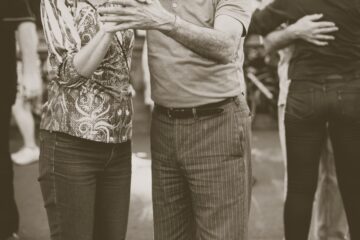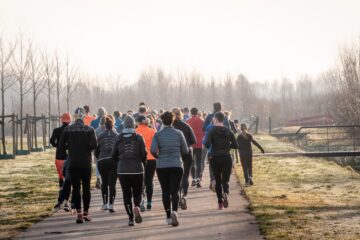How to choose a good walking shoe? It’s relatively easy to hike. It is not a sport that has a high barrier to entry or requires a ton of new equipment to buy, at least to go out on a day hike. Therefore, the single piece of indispensable hiking gear is a good pair of sneakers.
Try hiking with a pair that is too flimsy or too sturdy for your purpose and you could get sore feet, inflamed tendons, blisters, or worse! In this article, we will review the best men’s walking shoes, compare the comfort, support, weight and traction offered by the most popular models today.
Therefore, this article will help you identify the criteria that are most important to you, so that you can find a model that best meets your needs.
Types of Hiking Shoes
First, let’s take a look at the types of walking shoes available. Each is an appropriate choice for hiking, depending on your experience and goals.
After detailing the advantages of each, we will discuss two basic categories of hiking shoes and their attributes. And finally, we’ll guide you through the fit and size of your unique foot.
So, the right shoe for you depends on your personal preferences and the trail conditions and difficulties you travel.
Hiking Boots
Raise your hand if you grew up in a time when it was considered a rite of passage to lubricate your leather boots with mineral oil or turpentine? If your hand is raised, and that experience hasn’t caused you to give up walking altogether, rest assured.
However, hiking boots have come a long way and are now made of everything from common leather uppers to more modern iterations with synthetic materials. Regardless of the material used, these have a higher cut and offer better ankle support and protection than lower cut models.
Trail Shoes
Trail shoes are basically a beefier version of a running shoe. Looking like something to be found on a treadmill rather than on a hike, these trail shoes use modern developments in rubber and foam technologies to give the shoe the support and stability needed for trail use. These shoes are intended for running, not hiking.
Hiking Shoes
Because hiking shoes have their limits, walking shoes have now become one of the most popular categories of men’s footwear for those who value the lightness and freedom of a shoe, but want the additional structure and support of a hiking boot.
Hiking shoes are low, usually exposing the ankle, so they also have their limitations on how much weight they must carry. While not for hiking, most have a waterproof/breathable membrane or at least come in a version with one. Day hiking with a light backpack is the target use for hiking shoes.
Hiking Shoes vs. Boots
A common question for beginning hikers is: Should I choose a hiking shoe or a mid-height boot? A pair of hiking boots generally weighs several ounces to a pound more than shoes, but weight is one of several considerations.
Conditions, distances to cover, and personal ankle and foot strength are important factors. Boots provide more protection from mud and water, and are a necessity for rough terrain with heavy loads.
Hikers with ankle problems know that ankle stability is the main reason for choosing a boot over a shoe.
Best Uses for Hiking Shoes
“Hiking” encompasses a whole range of fun adventures on your feet, including day hikes that require minimal essentials. These can be walks on maintained trails or many miles covered at speed over rough terrain and everything in between.
Hiking also covers short backpacking trips with light or medium loads or long fast trips where reducing weight becomes a priority. Enjoy the lightness, comfort and agility that defines them.
Day hike
Day hikes are simple. You carry nothing more than the essential items you need for the trail you have selected, and you get out and hike. As long as you return by nightfall, you have just taken a day hike.
Since you need to carry little besides a small backpack with food, water, sunscreen, and a map, you can get away with much lighter footwear. All the shoes we present in this review are suitable for day hiking.
Day hiking encompasses many different environments and terrains, so a full model will serve best for this general application.
Brisk Hiking
Brisk hiking, as it is becoming increasingly known, is just that: tackling a trail at a faster pace than normal. The goal is to reduce as many miles per day as possible and to limit the weight of the pack to achieve this.
Although this is more of a fast walking effort than a running event, a fast walking pace often leads to running on the apartments, and it is necessary to have a nimble, lightweight shoe that allows this kind of movement.









